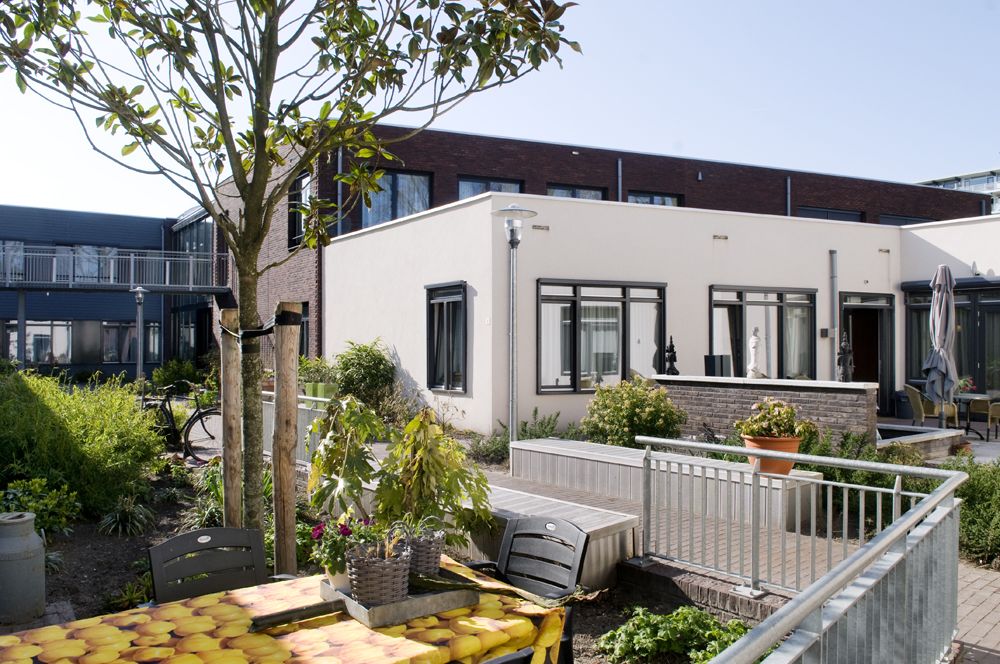

There are plenty more similar complexes to be found across the UK, combining state of the art care staff and facilities with acres of manicured gardens, luxury flats and recreation spaces.
The future of care
The elderly population is growing at a rapid rate, so the future of care and how we ensure there is enough space and resources for those of retirement age is an important concern. One future approach was founded in the Netherlands and the innovative model has now spread to several care homes and retirement villages across the UK. The gated community De Hogewey was specially designed for those with dementia and features a supermarket, bar and shops. Staff and nurses do not wear uniforms and are all trained in hospitality to add to the relaxed community feel.
This natural ‘real-life’ approach to dementia care homes has spread to several sites across the UK with the goal to create a supportive environment based around independent principles of shopping, cooking and doing laundry. For example, carers run a ‘launderette’ and are encouraged to serve residents like any regular customer, giving them the opportunity to do as much or as little laundry as they want.

